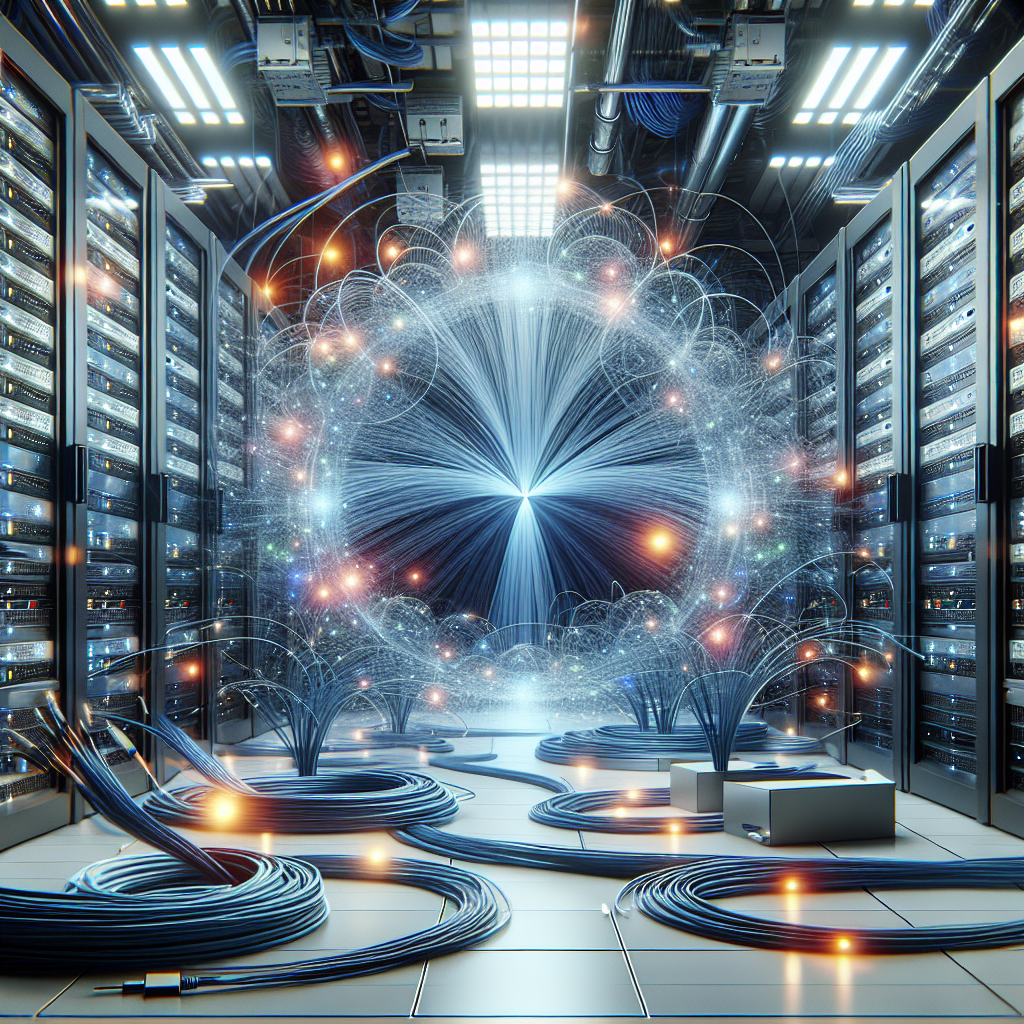Future Trends in Data Center Cabling: The Shift towards High-Speed Connectivity
In the ever-evolving world of technology, data centers play a crucial role in storing and processing vast amounts of data. As the demand for faster and more efficient data processing continues to grow, data center cabling is also undergoing significant advancements to keep up with these trends.
One of the key future trends in data center cabling is the shift towards high-speed connectivity. With the rise of technologies such as cloud computing, artificial intelligence, and the Internet of Things, data centers are processing data at unprecedented speeds. This requires cabling infrastructure that can support higher data transfer rates and reduce latency.
To meet these demands, data center cabling is moving towards technologies such as Category 8 Ethernet cables, which can support data transfer speeds of up to 40 gigabits per second (Gbps) over distances of up to 30 meters. This is a significant improvement over previous generations of Ethernet cables, which were limited to speeds of 10 Gbps.
In addition to higher data transfer speeds, future data center cabling will also focus on reducing latency. Low-latency connections are crucial for real-time applications such as online gaming, video streaming, and financial trading. To achieve this, data center cabling will need to minimize signal interference and optimize signal transmission paths to reduce delays in data processing.
Another key trend in data center cabling is the move towards modular and scalable designs. As data centers continue to grow in size and complexity, it is essential to have cabling infrastructure that can be easily expanded and upgraded. Modular cabling systems allow data center operators to add or replace cables as needed without disrupting the entire network.
Furthermore, data center cabling is also becoming more energy-efficient. With the increasing focus on sustainability and reducing carbon footprints, data center operators are looking for ways to optimize energy usage. This includes using energy-efficient cabling materials and designs that reduce power consumption and heat generation.
Overall, the future of data center cabling is moving towards high-speed connectivity, low latency, modular designs, and energy efficiency. As data centers continue to evolve to meet the demands of modern technology, cabling infrastructure will play a crucial role in ensuring fast and reliable data processing. By staying ahead of these trends, data center operators can ensure that their infrastructure remains competitive and efficient in the rapidly changing digital landscape.


